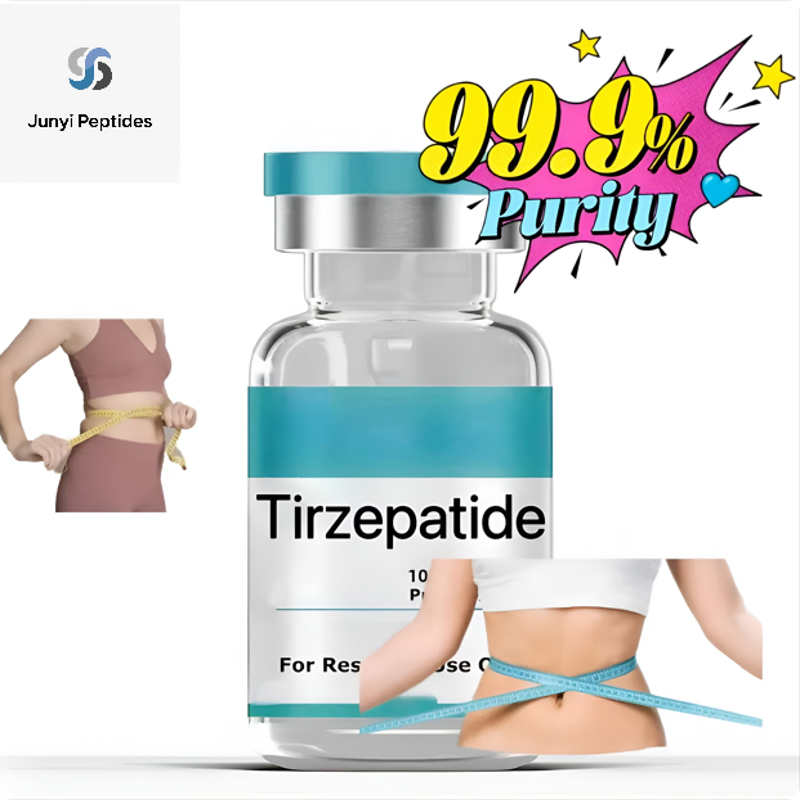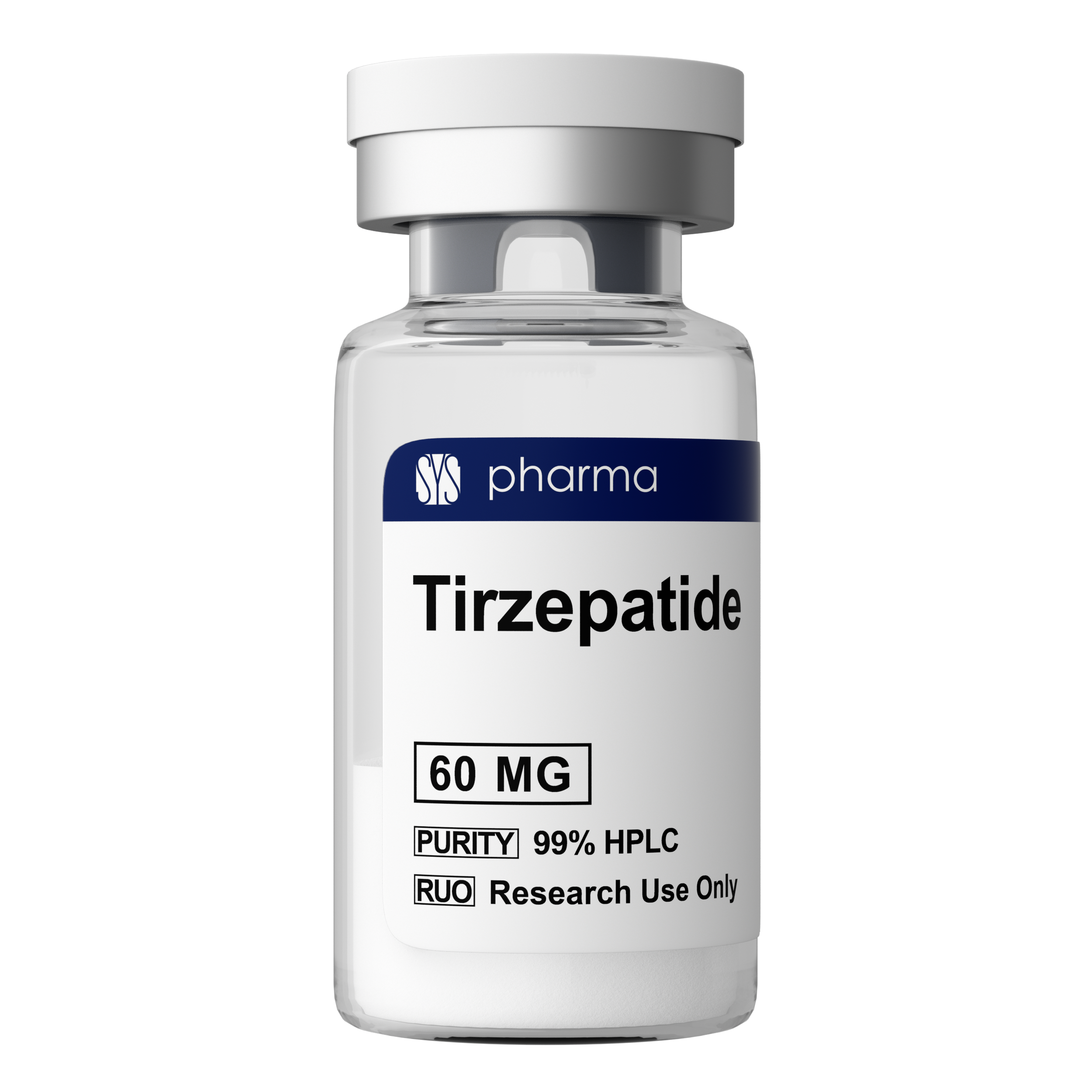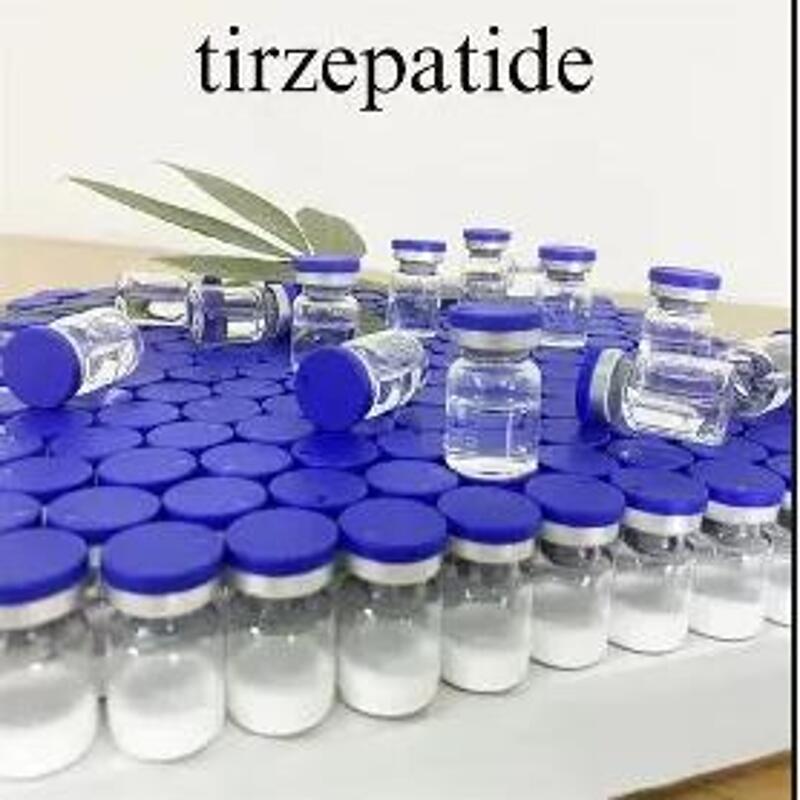-
Categories
-
Pharmaceutical Intermediates
-
Active Pharmaceutical Ingredients
-
Food Additives
- Industrial Coatings
- Agrochemicals
- Dyes and Pigments
- Surfactant
- Flavors and Fragrances
- Chemical Reagents
- Catalyst and Auxiliary
- Natural Products
- Inorganic Chemistry
-
Organic Chemistry
-
Biochemical Engineering
- Analytical Chemistry
-
Cosmetic Ingredient
- Water Treatment Chemical
-
Pharmaceutical Intermediates
Promotion
ECHEMI Mall
Wholesale
Weekly Price
Exhibition
News
-
Trade Service
Five-finger scratch tester one, use tester is widely used in the automotive industry
.
It mainly detects the wear resistance
of smooth and grained plastic trim in the interior and exterior trim of the car.
In addition to the development of materials and products, it is also suitable for quality control
.
The five-finger scratch/scratch tester is designed to test plastic material evaluation, hard material wear resistance, paint, ink, soft metal, oil carpet, add-ons and other materials This instrument meets a variety of test standards, and can customize the movement stroke, motion speed and reciprocating movement cycle
of the test platform according to customer requirements.
Second, the test principle five-finger scratch tester test: the specimen on the test platform contacts five scraping fingers or 1 plastic scraping finger and the weight
applied above it.
During the test, the test bench moves and the scratch finger leaves scratches on the surface of
the specimen.
The scratch resistance of the specimen is judged according to the depth of the scratch
.
Specimens can be plastic plates, test plates coated with paint and varnish, etc
.
Third, technical parameters: 1, stroke range: 10-200mm 2, speed range: 10-200mm/s 3, speed buffer: 10±1mm 4, metal scraping head diameter: 0.
5mm, 0.
75mm, 1mm (Erichsen318), 3mm, 5mm, 7mm (can be optional) 5, metal scraper head material: tungsten carbide uses tungsten carbide as a scraping finger, reasonable detection by the very prescribed physical form (such as scraping, grasping, Planing, etc.
) to destroy the surface wear situation
.
6, pressurized weights and scraping components total weight: 2N, 3N, 5N, 7N, 8N, 10N, 12N, 15N, 20N (can be arbitrarily selected) quality error does not exceed 1% In addition, optional custom weights 7, plastic scratch fingers: polymethyl methacrylate (PMMA) diameter 16mm thickness 1mm the radius of the scratch finger edge is 0.
5mm hardness is shore D852 four, test standard five fingers This model meets the following standards: FORD FLTM BN 108-13 GMW 14698 (B method) FORD BO-162-015, in the evaluation of scratch test results, common test methods can be divided into visual evaluation methods and instrument evaluation methods: visual rating method is to place the sample after the test under the illumination of the northern sky daylight or D65 artificial light source, the test sample is in a horizontal state relative to the evaluator, if necessary, the sample is rotated to obtain the highest viewing angle, for linear scratches, Only 80 per cent of the middle part was evaluated during the
evaluation process.
The evaluation content mainly includes whether there are harmful scratches on the surface of the test sample, whether the material is deformed, and whether cracking and hair are produced
.
Depending on the material, the criteria for the evaluation level vary
accordingly.
The instrument rating method mainly evaluates the color and gloss changes
of the test samples according to the optical testing instrument.
a.
Color change
.
There are different measurement methods and indicators, for example, according to the method specified in ISO 7724 or other similar standards, the CIELAB chromaticity space is used, at 10 ° observer, D65 illumination light source, including the surface gloss component, integrating sphere measurement of several 7724-2 or other similar standards specified in the method, using CIELAB chromaticity space, at 100 observers, D65 illumination light source, 450/00 or 0 °/45 ° The color changes between the scratched parts and the unprocked parts of the test samples are measured under conditions such as measurement geometry, that is, △L*, △a*, △h* and chromatic aberration △E*
.
b.
Gloss change
.
Measure 600 or 200 mirror gloss changes between the scratched and unprocked parts of the test sample in accordance with the methods specified in ISO 2813 or other similar standards
.







